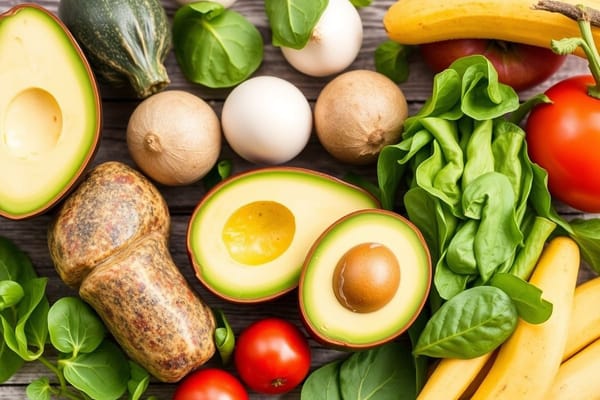Stock Your Healthy Pantry: Essential Staples for Nutritious & Convenient Cooking
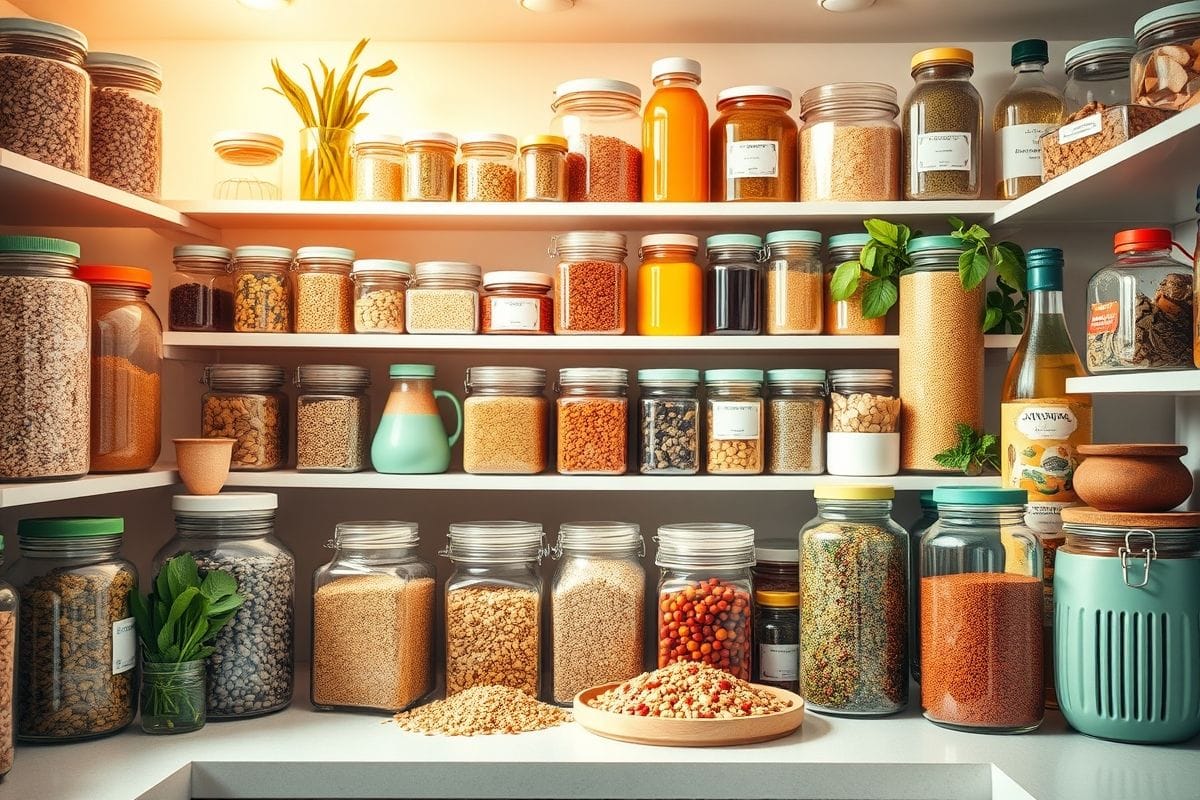
Ever find yourself staring into an empty fridge, feeling uninspired and reaching for takeout menus? What if we told you that the secret to effortless healthy eating doesn't always start in the refrigerator, but often in the pantry? Building a well-stocked healthy pantry is like having a secret weapon against unhealthy cravings and last-minute dinner dilemmas. It's about having the right ingredients on hand to whip up quick, nutritious meals without a fuss.
Imagine this: you get home late, tired, and hungry. Instead of despairing, you open your pantry and instantly see whole grains, canned beans, and a variety of spices. Within minutes, you can have a hearty, healthy meal on plate.
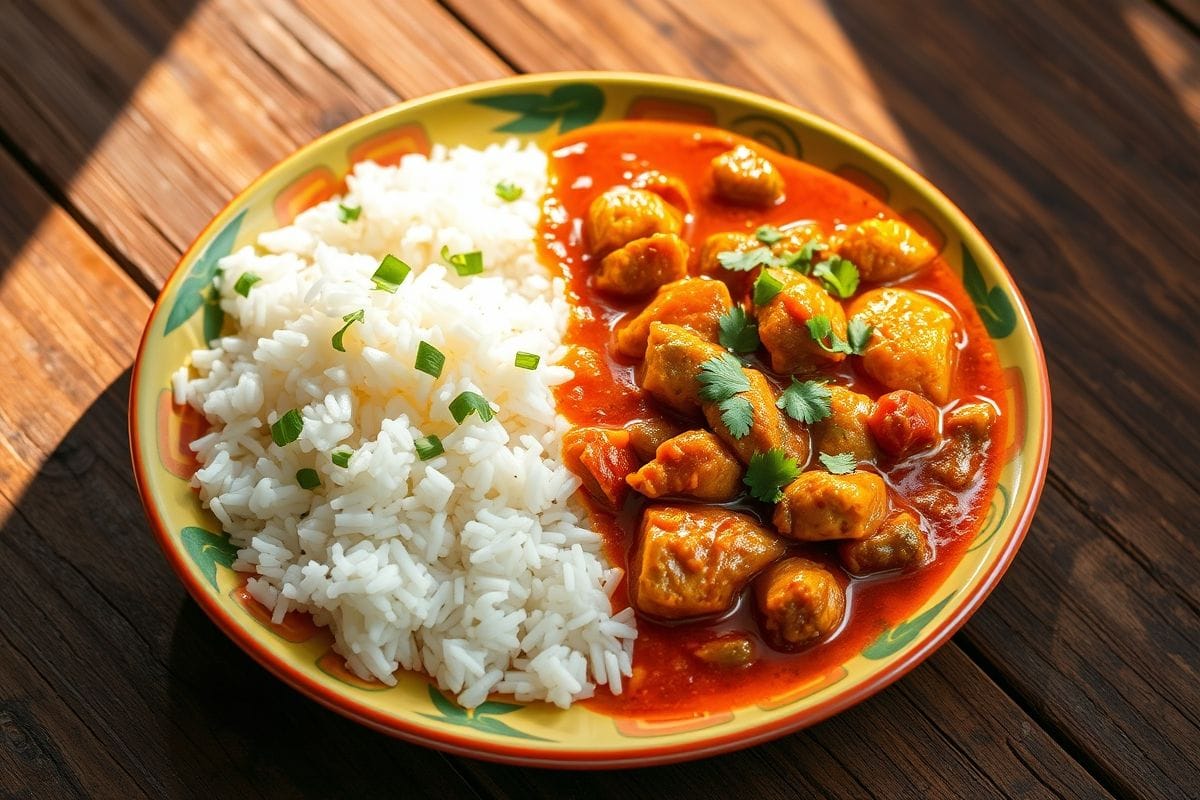
This isn't just wishful thinking; it's the reality of a smartly curated pantry. Let's dive into the essential staples that will transform your cooking and make healthy eating a breeze.
The Foundation: Grains & Legumes
These are the backbone of many healthy meals, providing fiber, protein, and sustained energy.
- Whole Grains: Forget refined white options. Embrace quinoa, brown rice, oats, and whole wheat pasta. Quinoa, for example, cooks quickly and is a complete protein, perfect for adding to salads or as a side dish. Brown rice is incredibly versatile for stir-fries or bowls, while oats are your go-to for a quick, fiber-rich breakfast.
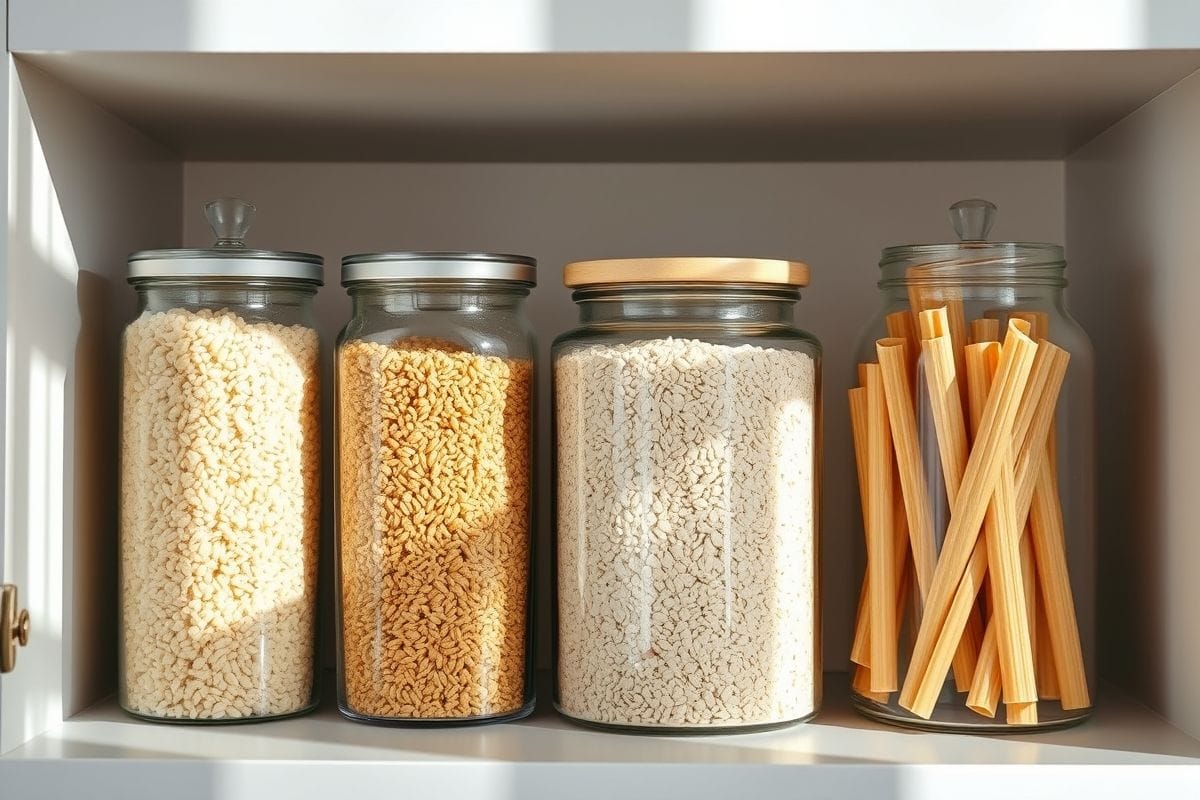
- Legumes (Canned or Dried): Lentils, chickpeas, and black beans are nutritional powerhouses. Canned options are incredibly convenient – just rinse and add! Think about whipping up a quick black bean soup, adding chickpeas to a curry, or making a lentil salad. They’re excellent sources of plant-based protein and fiber, keeping you full and satisfied.

Canned & Jarred Wonders: Your Speedy Helpers
Don't underestimate the power of canned and jarred goods. They save time and extend the shelf life of essential ingredients.
- Canned Tomatoes: Diced, crushed, or paste – these are fundamental for sauces, stews, and chilis. A can of diced tomatoes can transform simple ground meat or veggies into a rich pasta sauce in no time.
- Canned Fish: Tuna, salmon, or sardines packed in water or olive oil are fantastic sources of omega-3s and lean protein. They're perfect for quick lunches – a tuna salad sandwich, salmon patties, or sardines on whole-grain crackers.
- Broth/Stock: Low-sodium vegetable or chicken broth is invaluable for soups, stews, risottos, or simply cooking grains for added flavor.
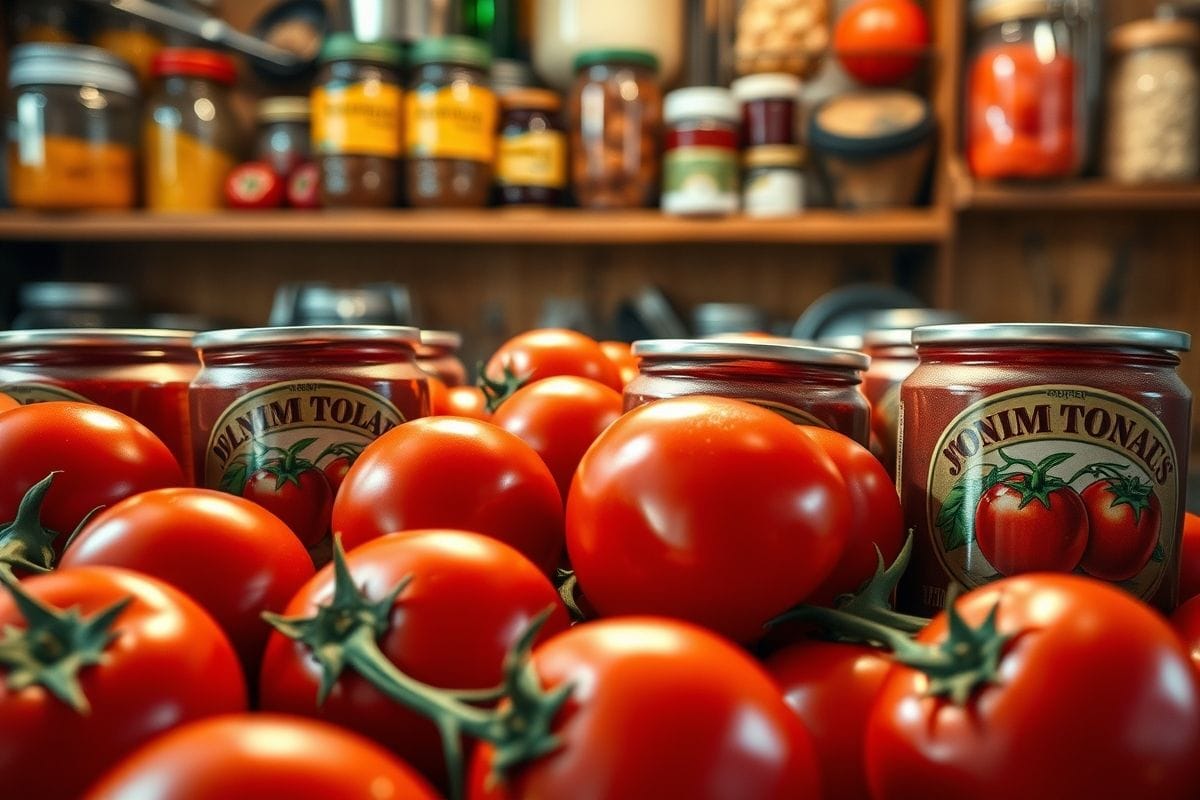
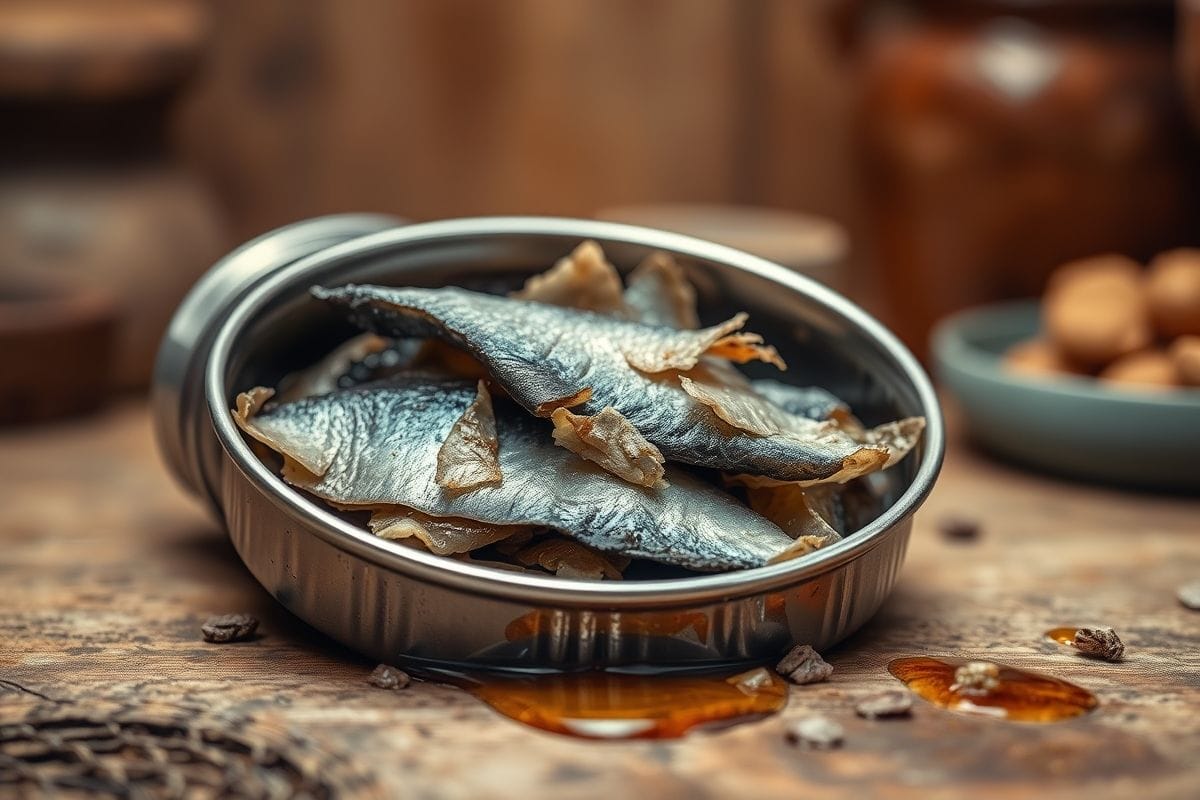
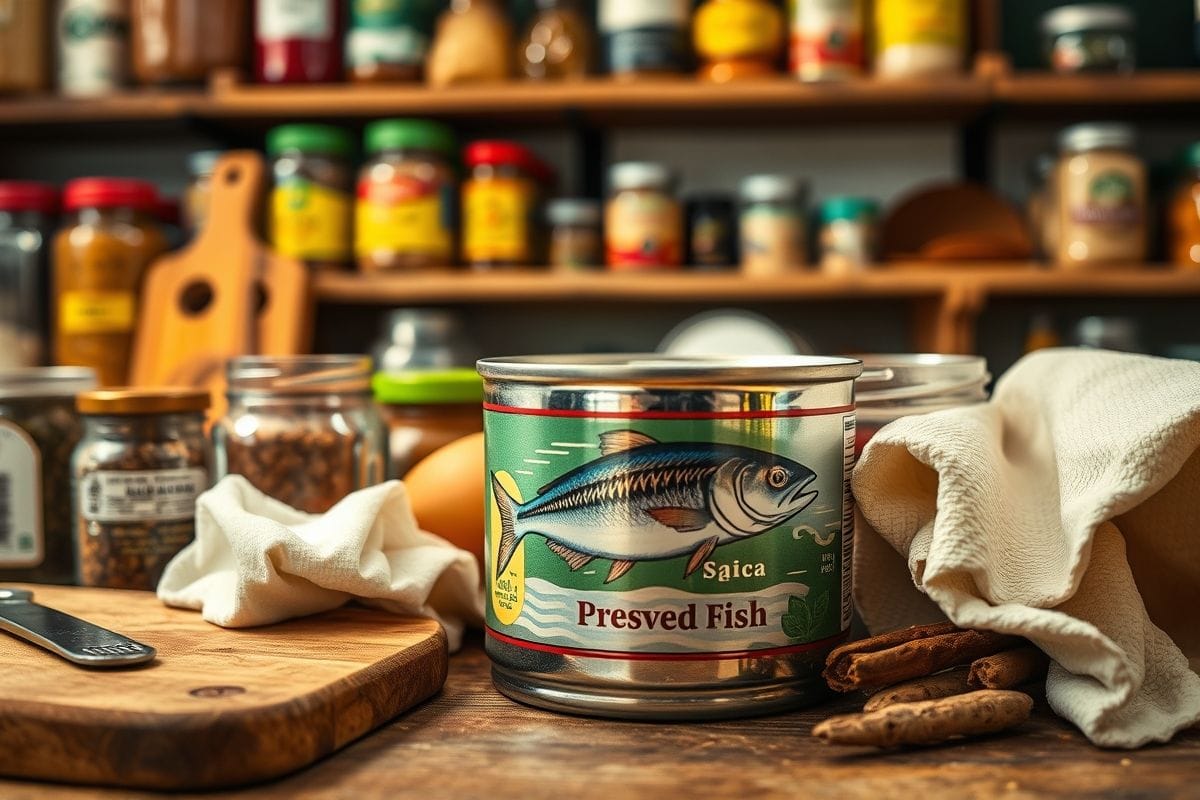
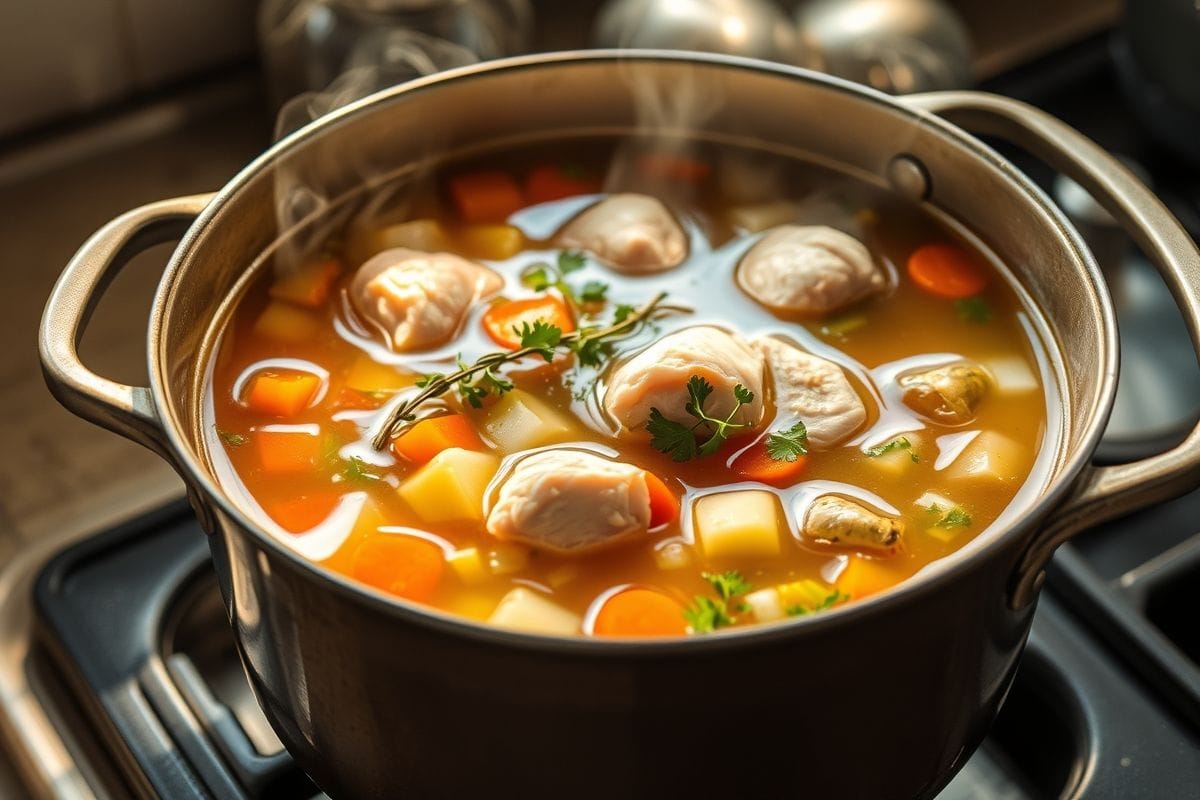
Flavor Powerhouses: Spices, Herbs & Healthy Fats
Even the simplest ingredients can sing with the right seasoning.
- Basic Spices: Salt, black pepper, garlic powder, onion powder, cumin, paprika, and oregano are excellent starting points. Experiment! A pinch of smoked paprika can give a wonderful depth to roasted vegetables, while cumin is essential for Mexican or Indian-inspired dishes.
- Healthy Fats: Extra virgin olive oil and avocado oil are staples for cooking, roasting, and making homemade dressings.
- Vinegars & Condiments: Apple cider vinegar, balsamic vinegar, soy sauce (or tamari for a gluten-free option), Dijon mustard, and hot sauce can elevate flavors, add acidity, and provide a quick flavor boost to almost any dish.
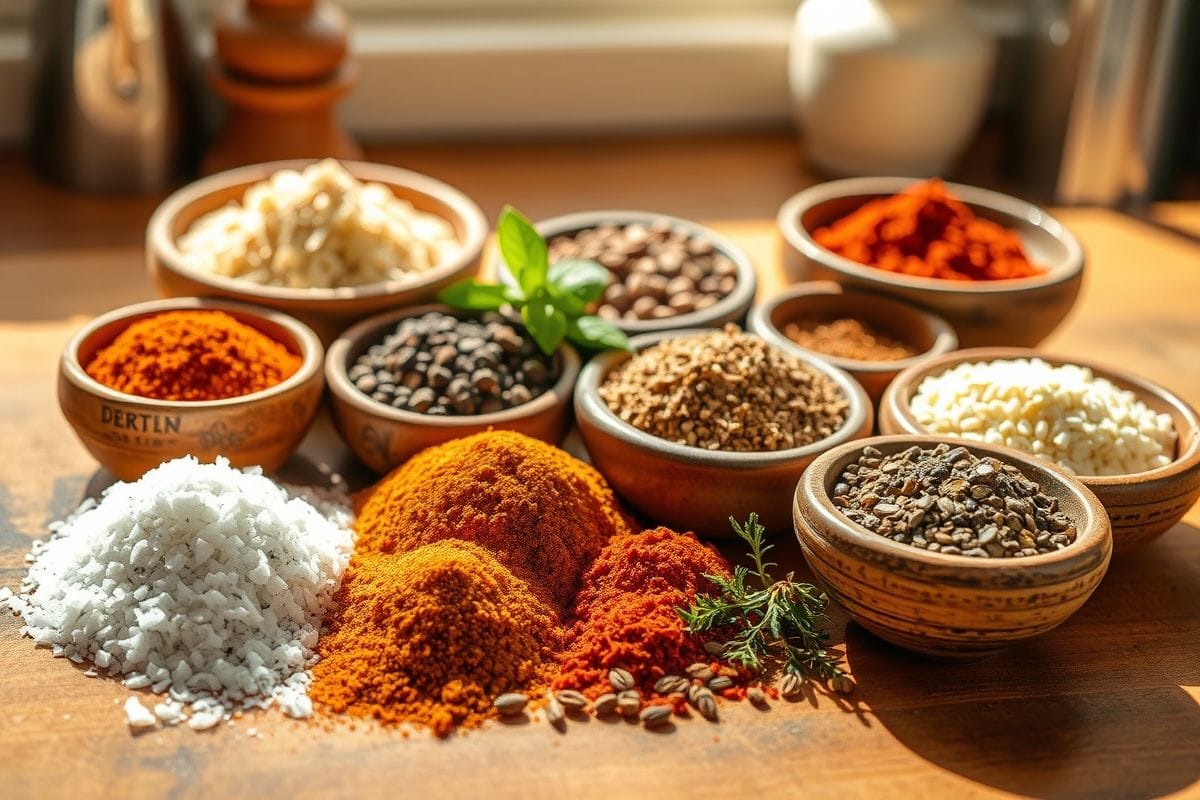

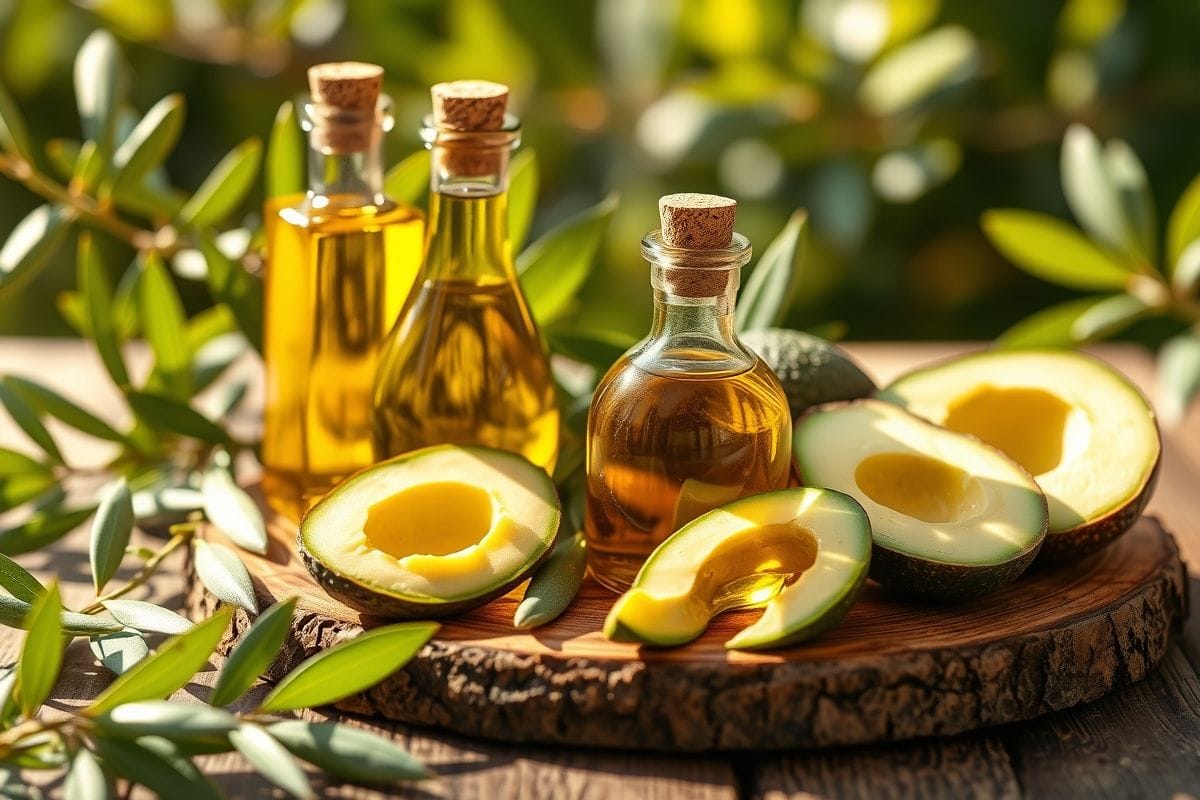
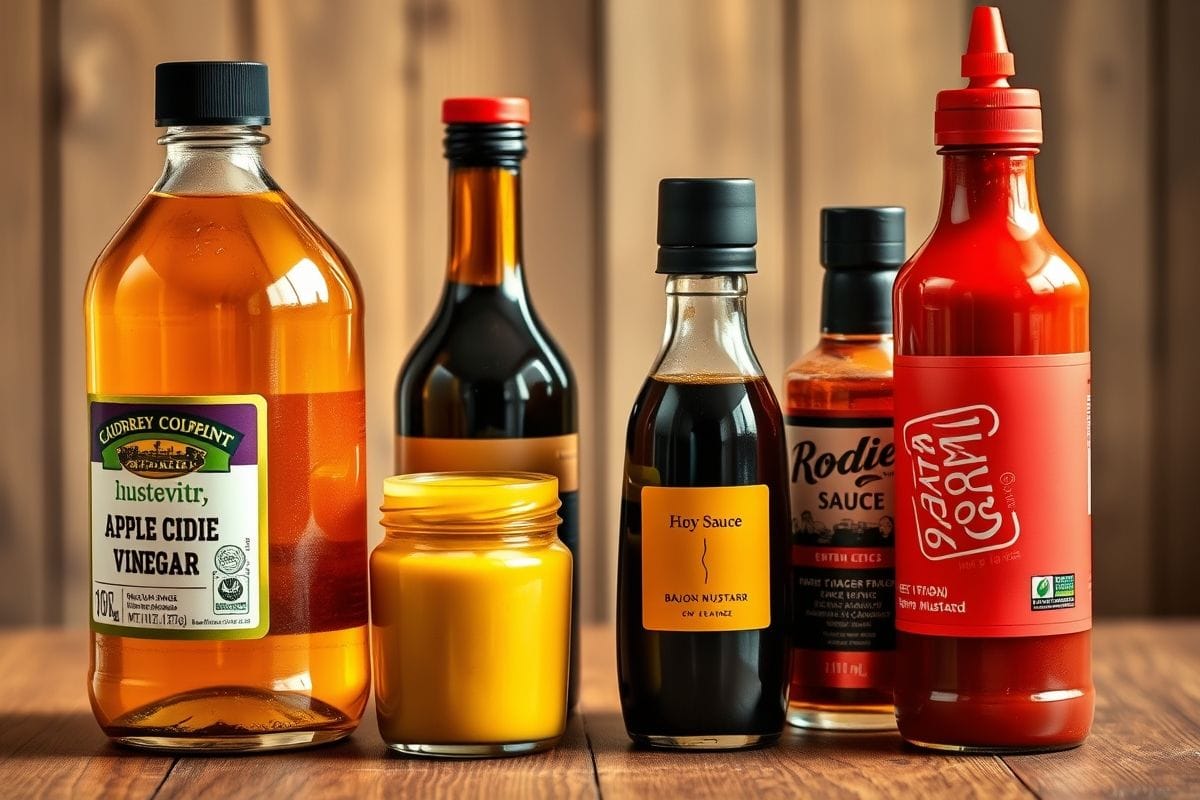
Frozen Assets: Produce & Proteins
The freezer is your ally for preserving nutrition and convenience.
- Frozen Vegetables: Broccoli florets, spinach, mixed vegetables, peas – these are picked at their peak ripeness and flash-frozen, locking in nutrients. They require minimal prep and are perfect for stir-fries, casseroles, or simply steaming as a side. For instance, a bag of frozen mixed veggies can turn leftover rice and a scrambled egg into a quick fried rice.
- Frozen Fruits: Berries, mango, or pineapple chunks are fantastic for smoothies, oatmeal toppings, or even a healthy dessert.
- Frozen Proteins: Keep a stash of lean proteins like chicken breasts, fish fillets (like cod or salmon), or shrimp. They thaw relatively quickly and provide a versatile base for countless meals.
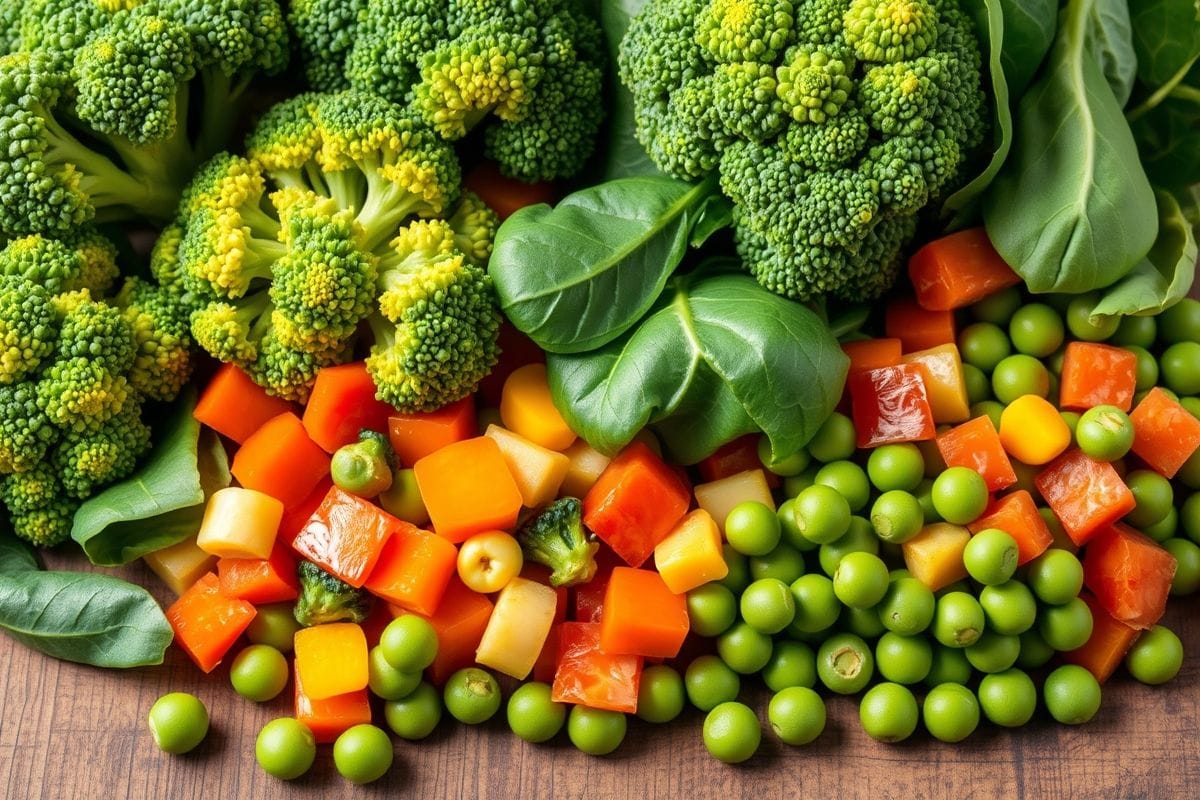

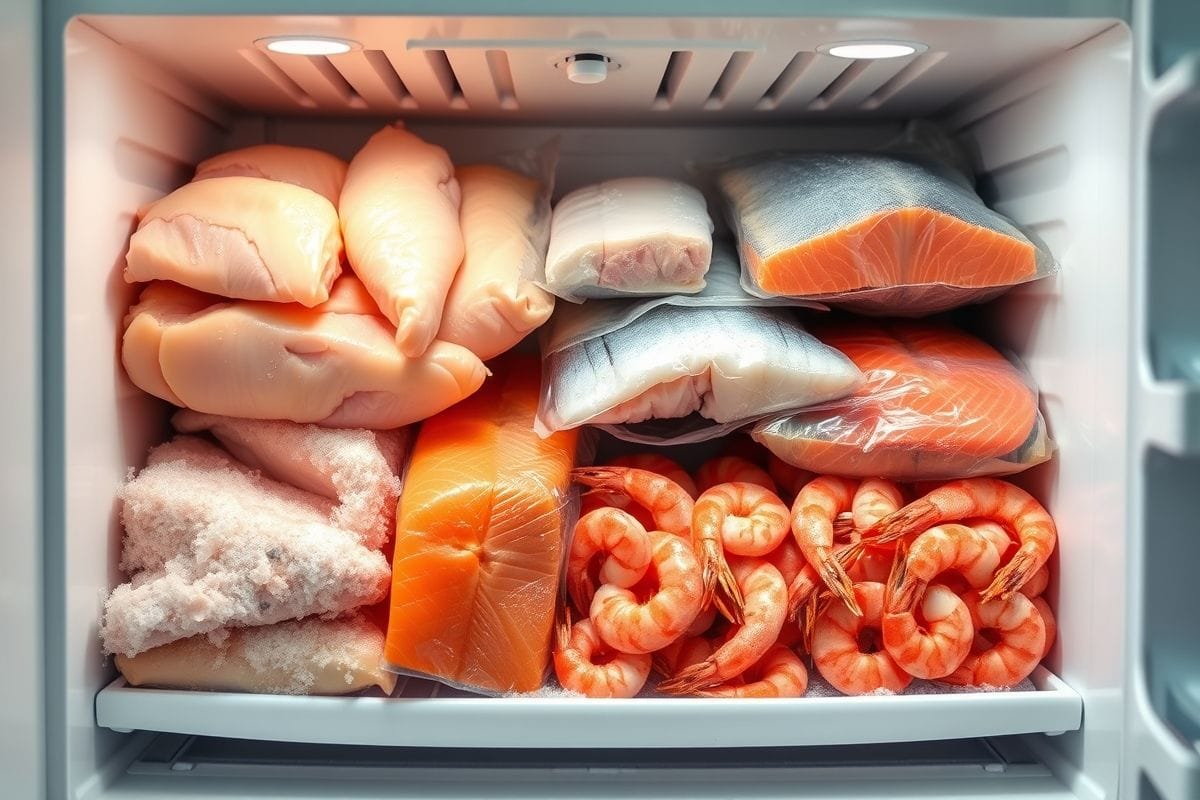
Beyond the Basics: Nuts, Seeds & Dried Fruits
These additions are excellent for healthy snacking, adding crunch, and boosting nutrition.
- Nuts & Seeds: Almonds, walnuts, chia seeds, flax seeds, and sunflower seeds are packed with healthy fats, fiber, and protein. Add them to oatmeal, yogurt, salads, or enjoy as a satisfying snack.
- Dried Fruits: Raisins, dried cranberries, or apricots can add natural sweetness and fiber to breakfasts or snacks, but remember to consume them in moderation due to concentrated sugars.

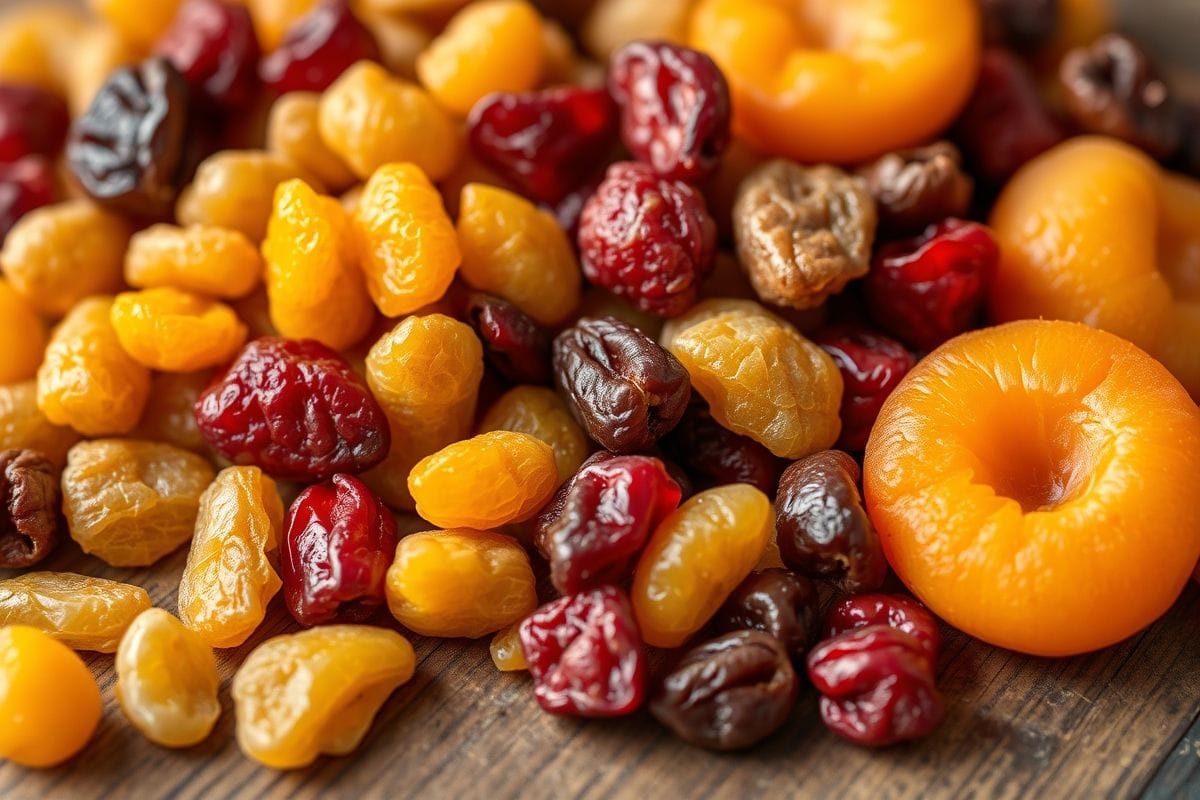
Making it Work: Tips for Pantry Organization & Usage
A well-stocked pantry is only effective if you use it wisely.
- Regular Checks: Periodically check expiration dates and rotate your stock, bringing older items to the front.
- Meal Planning: Before your grocery run, take stock of what you have. Plan meals around your existing pantry items to minimize waste and save money.
- Batch Cooking: Cook larger quantities of grains or legumes to use throughout the week in different dishes.

Conclusion
Building a healthy pantry isn't about spending a fortune or becoming a gourmet chef overnight. It's about making smart choices that empower you to eat better, save time, and reduce food waste. With these essential staples on hand, you'll be amazed at how quickly and effortlessly you can create delicious, nutritious meals. So, take inventory, make your list, and start stocking your healthy pantry today. Your future self (and your taste buds!) will thank you.



